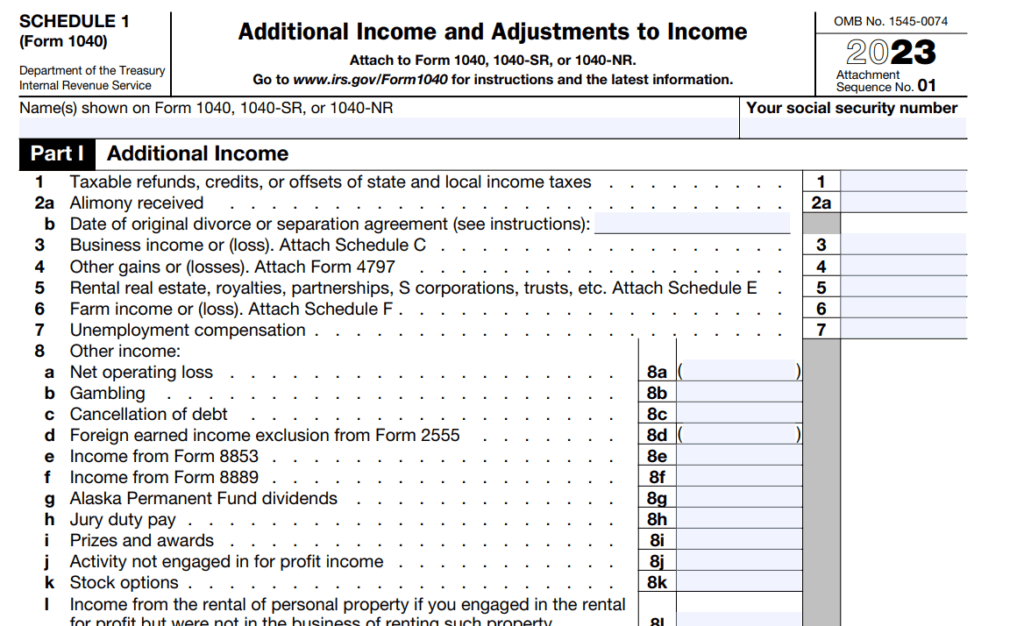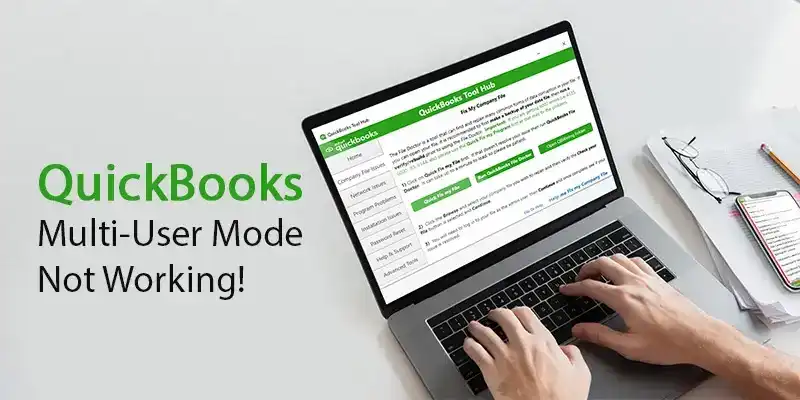
What Is Schedule 1 Tax Form (Form 1040) and How to File It
Tax season can be painstakingly daunting for many, with various forms and documents to decipher. One such form that often raises concerns is ‘Schedule 1’. In this comprehensive guide, we’ll break down everything you need to know about the Schedule 1 Tax Form, from its purpose to who needs to fill it out and how it impacts filing.
What is a Schedule 1 Tax Form?
Schedule 1, also referred to as the Additional Income and Adjustments to Income form, is an essential component of your tax return. It’s used to report additional sources of income and adjustments that aren’t included in the standard Form 1040 or Form 1040-SR.

Who Needs to Fill Out Schedule 1?
If you have income or adjustments beyond your regular wages or salary, you may need to fill out Schedule 1. This includes individuals who have earned additional income from sources like
- Business Owners: If you run a business, Schedule 1 is your backstage pass to report business income or losses.
- Alimony Recipients: If you receive alimony (for divorce agreements dated before December 31, 2018), Schedule 1 is where you spill the beans.
- Real Estate Royalties: If you’re raking in rent or royalty income from real estate, Schedule 1 is your stage.
- Partnerships and Trusts: If you’re part of a partnership, S corporation, or trust, Schedule 1 is where you take the mic.
- Farmers: If you’re a farmer, Schedule 1 lets you share your crop (income or loss).
Also Read: Everything You Need To Know About Small Business Tax Forms
Understanding Its Role in Tax Filing:
Schedule 1 plays a vital role in ensuring that your tax return accurately reflects all sources of income and adjustments. By reporting this information, you help the IRS in assessing your tax liability correctly, and also, avoid potential penalties for underreporting income.
How to Report Additional Income on Form 1040?
When filing your tax return using Form 1040, you’ll need to include Schedule 1 if you have additional income to report. This can include income from self-employment, rental properties, interest, dividends, or other sources not already listed on the 1040 form.
Steps for Filling Out Schedule 1
- Gather Income Documents: Collect any documents related to additional income, such as 1099 forms or income statements from freelance work.
- Review Adjustments: Determine if you have any adjustments to income that need to be reporte, such as educator expenses or student loan interest.
- Complete Schedule 1: Fill out Schedule 1 carefully, entering all relevant income and adjustments in the appropriate sections.
- Attach to Form 1040: Once Schedule 1 is complete, attach it to your Form 1040 before submitting your tax return.
Conclusion:
Understanding the Schedule 1 Tax Form is essential to ensure accurate tax reporting and compliance with IRS regulations. Following the steps outlined in this guide and consulting with a tax professional if needed, you can navigate Schedule 1 filing with confidence and peace of mind. Remember, accurate reporting of all sources of income and adjustments is key to avoiding potential penalties and ensuring a smooth tax filing process.
FAQs
Is Schedule 1 mandatory?
Nope, it’s optional. But if you have certain types of income or adjustments, it’s always a wise step to submit it.
Where do I find instructions for Schedule 1?
Instructions for Schedule 1 can typically be found on the IRS website or within the Tax Preparation Software you’re using. They provide guidance on how to fill out the form and what information is required.
Is Schedule 1 the same as W-2?
No, Schedule 1 is not the same as a W-2 form. Schedule 1 is used to report additional income or adjustments to income, while the W-2 form is specifically used by employers to report wages, tips, and other compensation paid to employees.
Is Schedule 1 a separate tax form?
Yes, Schedule 1 is a separate tax form that accompanies Form 1040 for individual income tax returns. It is used to report various types of additional income or adjustments to income that are not includ on the main Form 1040.
What types of income should be reported on Schedule 1?
Schedule 1 is used to report income from sources such as self-employment, rental properties, interest, dividends, and other miscellaneous income.
Is Schedule 1 the same as Form 1040?
No, Schedule 1 is a supplemental form that is attach to Form 1040 to report additional income and adjustments.






